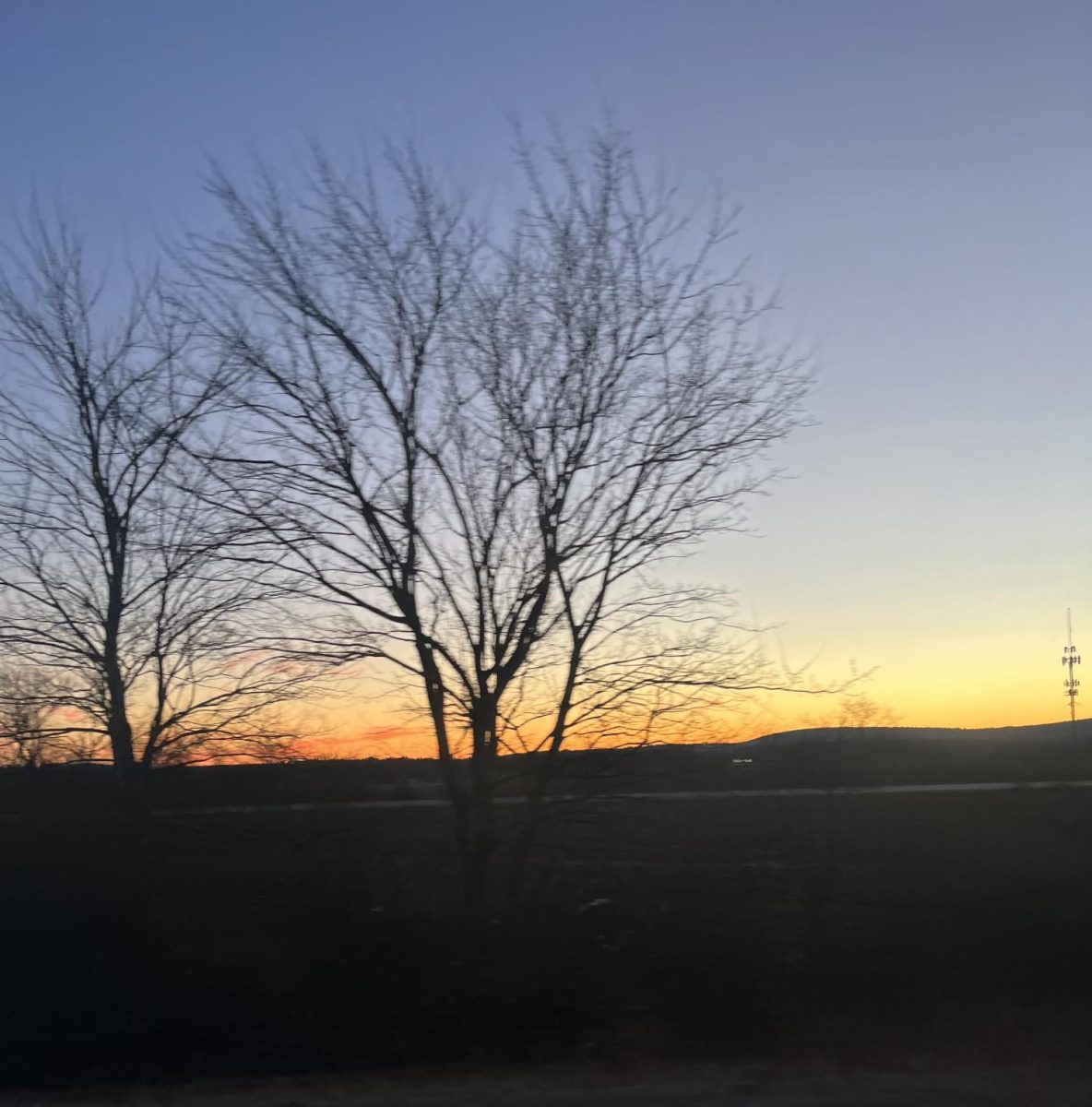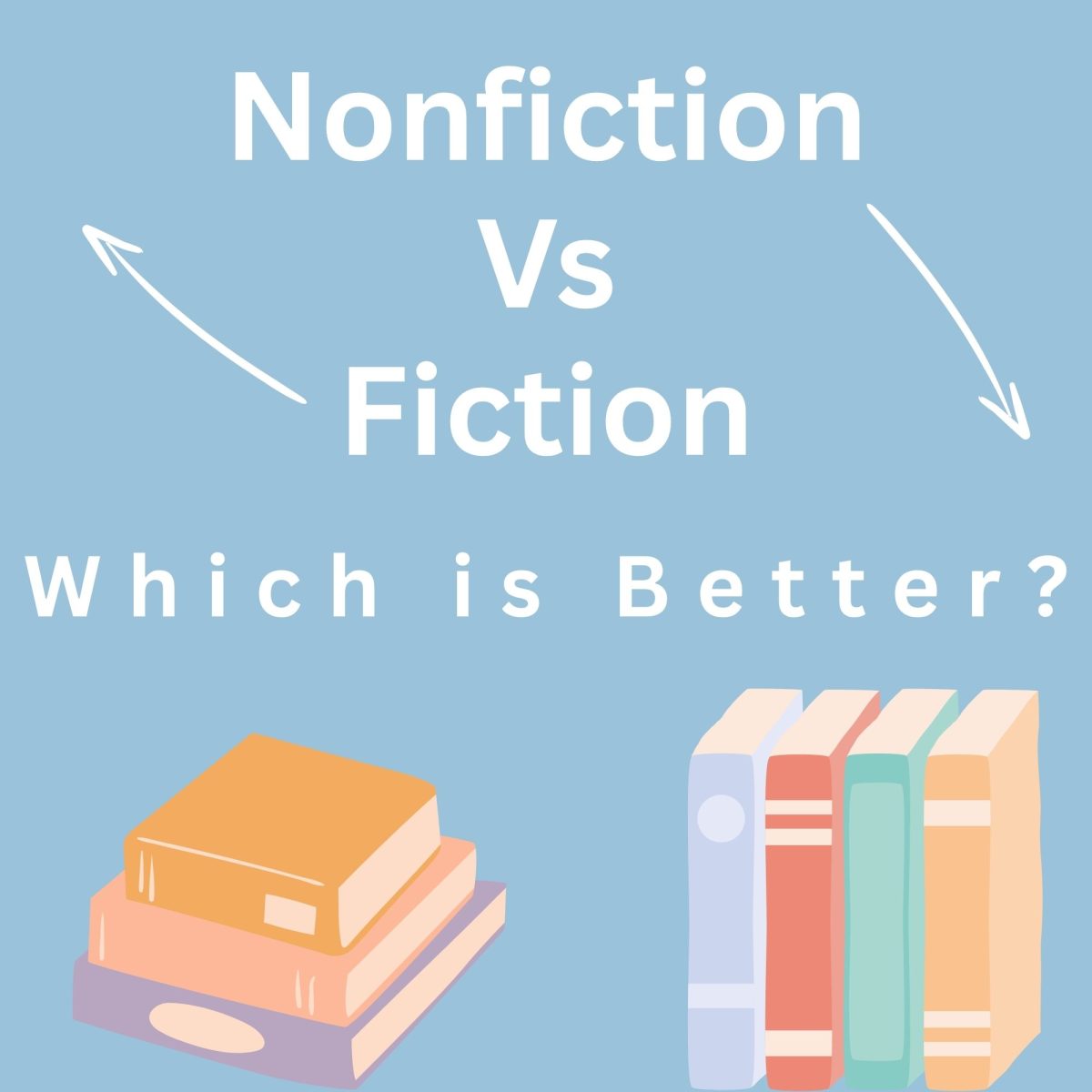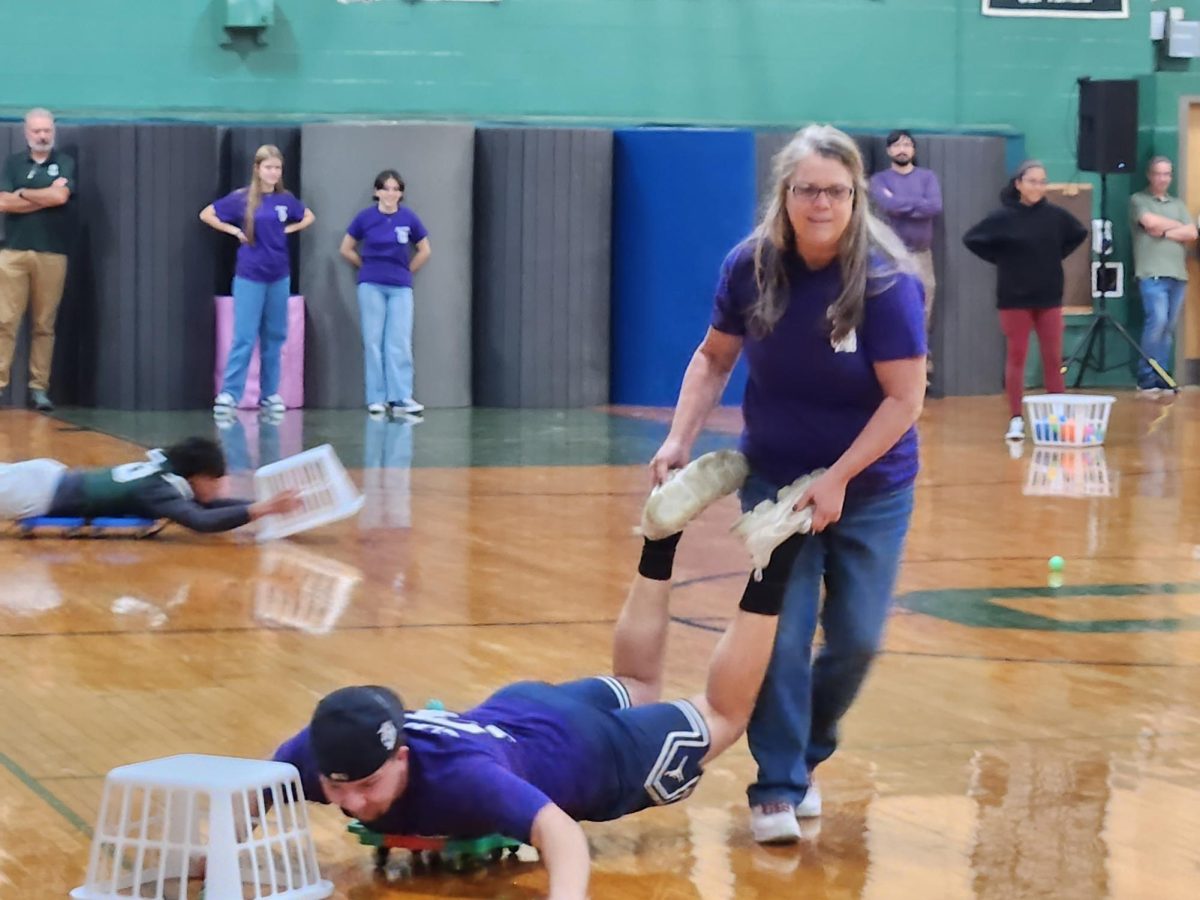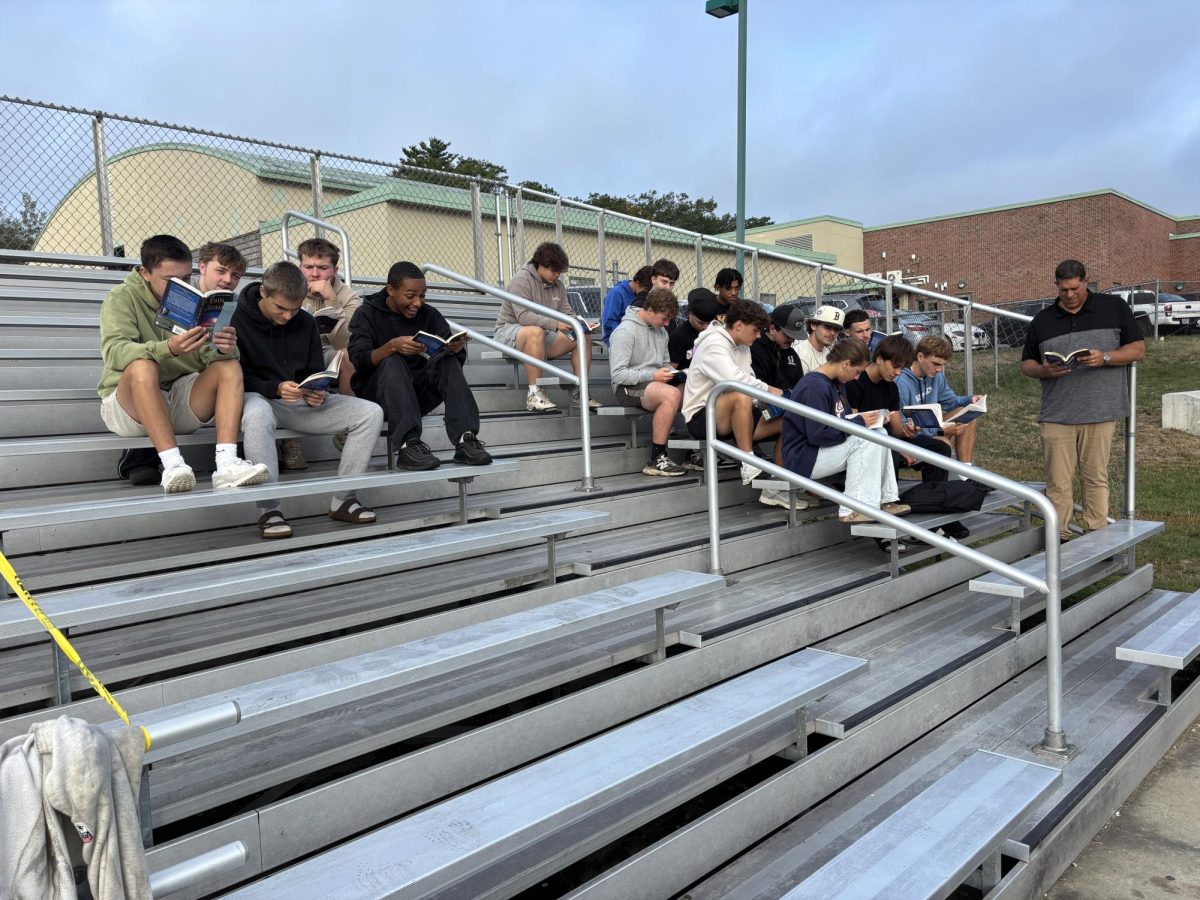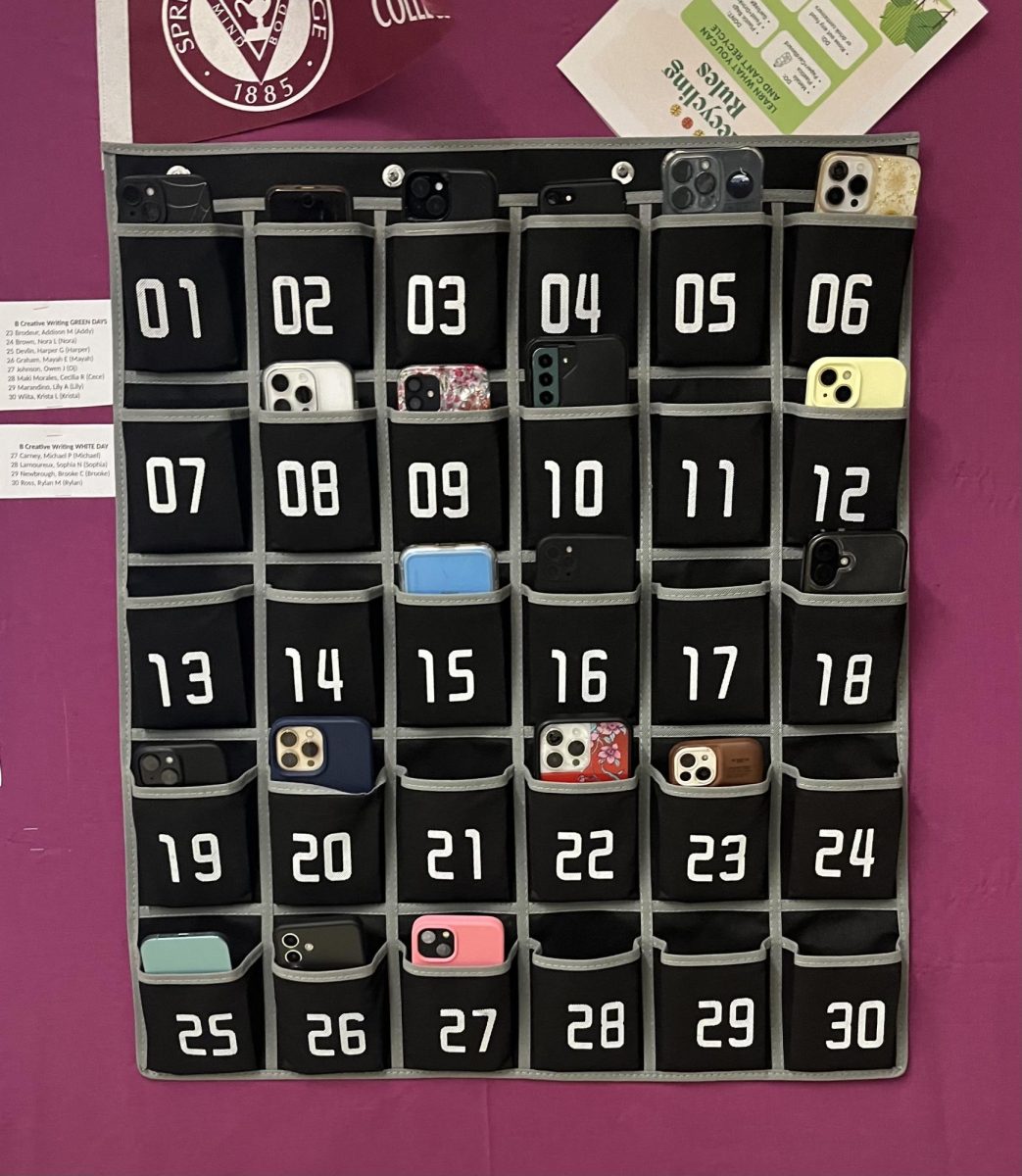It’s late fall and your alarm goes off on Monday morning at 6:00 a.m. You snooze your alarm multiple times until you finally accept defeat and roll out of bed. You open the curtains to find that it is bright as day outside.
What just happened? Did you oversleep? Are you running late? To answer all your questions, the end of daylight saving time has come. No oversleeping, no running late, it’s just the change in time.
For the past 58 years, the US has been setting their clocks forward on the second Sunday of March and then setting the clocks backwards on the first Sunday of November. According to timeanddate.com, DST was known to originate in Germany and Austria; however, with much research done, it is believed that Canada was actually the first country to use DST. It was Germany that put this to action. They used it in World War I to save the amount of coal used for heat during the cold nights.
Although Benjamin Franklin is credited with being the “Father of Time,” timeanddate.com states that the person to come up with the idea of DST was scientist George Vernon Hudson. Hudson proposed this idea in 1895 and it was officially put to use in 1908. So, how was this idea used in the US?
The reason that DST was put to use in the states was to “adjust the daily schedules to the solar time.” Now, over 70 countries use this form of time. Timeanddate.com also mentions that today, DST “affects over one billion people every year.” The US put this into action officially in 1966. While many believe that it was for agricultural reasons, the Bureau of Transportation states, “With the proliferation of railroads, faster travel became possible across large geographies, and travelers could sometimes arrive at an earlier local time than they had departed.”
The “lack of standardization” made it difficult for the schedule of trains to efficiently communicate. Due to this, many important railroad companies started operating on a more efficient system in 1883. This consisted of four time zones that all companies were aware of.
The agricultural explanation of DST was a myth. In fact, when daylight savings time was presented, farmers were against it. A recent article written by the American Farm Bureau Federation states, “Take dairy farmers, for example. When daylight saving time begins, they must gradually adjust their cows to a new milking time over several days. What about crops, you might ask. Farmers lose out with cutting morning hours short here as well.”
The article also mentions an author by the name of Michael Downing, who wrote the book, “Spring Forward: The Annual Madness of Daylight Saving Time.” In his book, Downing states, “farmers who originally opposed the daylight shift said they lost an hour in getting their crops harvested and to market in time. Today, farmers in warmer regions rely on those cooler, early morning hours throughout the summer to harvest and beat the heat of late afternoon.”
Research done by Harvard Health suggests that daylight saving time can negatively affect people. “That hour change can upset our circadian rhythms, the body’s natural 24-hour cycles regulating key functions like appetite, mood, and sleep.” Harvard Health also states, “Circadian rhythms largely depend on light exposure. The hour transition in the spring initially causes darker mornings and lighter evenings. Less morning light can decrease levels of the mood-boosting hormone serotonin. In contrast, exposure to light later in the evening can delay the production of melatonin, the hormone that helps you fall asleep.”
A study conducted by Harvard Health found that the average person gets 40 minutes less of sleep on the night after DST in contrast to any other night of the year. The effects that daylight savings time has on people are not very serious, but can cause people to feel many emotions. The article included a quote by Dr. Charles Czeisler, a Professor of Sleep Medicine at Harvard University that stated, “Disrupted sleep can cause people to feel fatigued, groggy, and less focused.This may explain, in part, the 6% rise in car accidents following the spring time change, according to a 2020 study in the journal Current Biology.” For many driver’s, daylight saving time affects them, but it also affects students who cannot drive as well. The freshmen class president at Oakmont, Grace Hill said, “When we gain an hour I feel energized and awake, but when we lose an hour it’s hard to wake up and I just want to keep sleeping.”
It is very important to sleep consistently because people can develop insomnia or other health issues such as anxiety and depression. Poor sleep can even affect students’ grades in school. Many teachers have noticed the toll DST takes on both grades and the world around them. Oakmont science teacher, Dr. Natalie Stassen, stated, “DST should be abolished. There is much research done that shows accidents and stress happening. Hospital rates go up as well. It’s hard to change after so many years of using it. Daylight savings was developed to save electricity and the cost of candles, but we don’t rely on candles or have a need for saving electricity anymore.” Dr. Stassen is one of the many teachers that are affected by this.
On the day after November 3, students woke up to more sunlight and gained an hour of sleep the night before. This is the fall back, spring forward idea where in the fall the clocks “fall” back and in the spring the clocks “spring” forward. Callighan Milne, a student at Oakmont stated, “ I love it when we gain an hour because I feel more productive. I don’t like when we lose an hour because the days feel too long.” She is one of the many students at Oakmont who feel this way.
Several Oakmont student’s explained how they felt after daylight savings ended vs how they felt in the spring when it started. Almost all of the students said that they felt like they had more energy and they woke up earlier than usual.
People who said that they enjoyed this weekend also had mixed feelings about it because they didn’t like how the sun set just after five p.m. Shockingly, a handful of the students said that they had no clue that it was daylight savings and that it didn’t affect them at all.
Very few students said that they preferred when the clocks sprang forward. Most of their reasoning was that their days were longer and they had more time to do the things that they wanted to do. This may be a problem to those student’s when December 21 rolls around. That day is what we call the Winter Solstice- the shortest day of the year. Timeanddate.com suggests that the day will be just under 12 hours starting at 4:20 a.m. Then, the days will begin to lengthen by about two minutes a day according to the Old Farmer’s Almanac. While many are affected by this day, some may not be affected by this or daylight saving time in general. One student had a unique perspective and tiredness, “I felt tired when daylight savings started and when it ended. Daylight savings didn’t change how tired I felt.”
While there are many mysteries to standardized time, one thing is for sure, people will continue to value their sleep.



